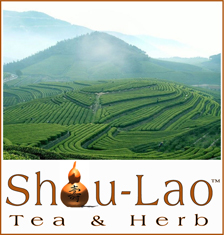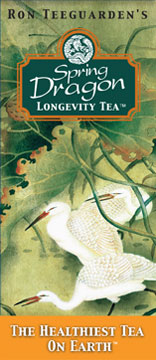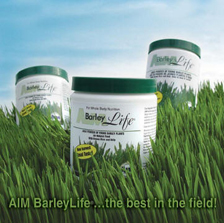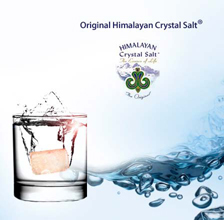All Natural First Aid Spray
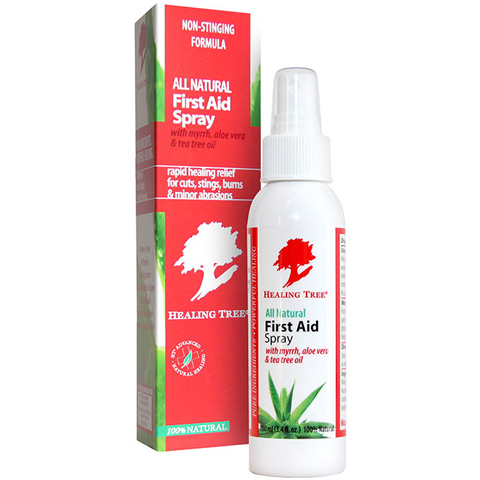
click to enlarge
All Natural First Aid Spray
Healing Tree
100 ml / 3.5 fl. oz

All Natural First Aid Spray
The 100% Natural combination of purified water, Tea Tree oil, Myrrh, Comfrey, Goldenseal and Aloe Vera provides soothing antibacterial relief in spray form. This Alcohol Free formula is so gentle, it can be sprayed directly into open cuts or burns. Won't sting or irritate the skin. Great for Kids!
Ingredients: Water, polysorbate 20 (kosher grade emulsifier), pharmaceutical grade Australian Tea Tree oil, myrrh, comfrey, goldenseal, aloe vera.
Healing Tree was 'Green' before it was popular...
The world has come a long way since Healing Tree began developing its formulas over ten years ago. ‘Green’ is standard, ‘Natural’ is expected, and ‘Organic’ is a way of life. Healing Tree wouldn’t even think about buying pesticide-exposed groceries, tossing our plastics in the trash, or clothing our children in synthetic blends.
So why should your Medicine Cabinet look any different?
Healing Tree has always believed in harnessing the amazing, time tested powers of high quality natural ingredients and in the synergism between natural essentials and carefully applied pharmaceutical ingredients to help gently and rapidly heal common nail, skin, and muscular conditions. Healing Tree challenges you to read the ingredients on your pharmacy’s shelf and witness the alcohols, waxes, phthalates, parabens, dyes, and other unpronounceable fillers that most products, even those that claim to be ‘natural’, commonly abuse. Healing Tree believes in using only the best remedies for the best results.
What Healing Tree Won't Use:
Alcohol – drying, stinging in open wounds and cuts. Antimicrobial only if in contact with skin, etc. for at least 10 to 30 minutes.
Waxes – although beeswax is a naturally occurring ‘product’, most other waxes are not. They clog pores, are not absorbed thru the skin and are used to make ointments and lotions and creams thicker.
Sodium chloride – the chemical name for salt. Saline solutions and salt water soaks, such as Epsom salts, have their place in the healing realm. They perfectly fine for initial flushes of wounds and cuts. They’re also quite drying in nature and leave a residue if not rinsed off completely. Sodium chloride is often used in shampoos, conditioners and creams to thicken the product and make it appear ‘concentrated’.
Acids – the pH of skin and hair is near neutral or 7.0 Slightly acidic treatments are safe and fine. Very acidic products can, of course, burn the skin, just as very alkaline products can.
Corn oil – great for cooking…..not for skin care. Oily and non-absorbent, does not penetrate, but just sits on the surface.
Cayenne Pepper/Capsaicin – the active ingredient in peppers is capsaicin which causes the hot burning sensation. It primarily acts as a counterirritant, bringing blood flow to the surface of the skin. Very often it can blister and burn and many people can be quite sensitive to its effects.
Salicylic acid - chemical name for aspirin. This has been used in a number of topical preparations as a non-steroidal anti-inflammatory. In our opinion, not nearly as effective as many natural anti-inflammatories. Also, gross overuse of salicylic acid-based products could potentially be harmful, similar to an overdose of aspirin.
Mineral oil – petroleum by-product, non-absorbed, very greasy, accentuates the effects of ultraviolet rays.
Stearyl Acid – used in preparations to basically ‘hold’ the ingredients together in creams and lotions.
Parabens (methyl, propyl, etc.) – preservatives long-used in the cosmetic and health aid industry that have been proven to be carcinogenic.
Petroleum distillates and by-products – great for running your car on and for lubricating engine parts, not great for putting on our skin or being absorbed into our blood stream, only to be filtered thru our kidneys and liver.
Phthalates - which are substances added to plastics to increase flexibility and longevity. Though being phased out of Europe and the United States due to serious impacts on health and development, phthlates can still be found in a number of cosmetics, lotions and clothing materials.
